- Home
- Articles
- Architectural Portfolio
- Architectral Presentation
- Inspirational Stories
- Architecture News
- Visualization
- BIM Industry
- Facade Design
- Parametric Design
- Career
- Landscape Architecture
- Construction
- Artificial Intelligence
- Sketching
- Design Softwares
- Diagrams
- Writing
- Architectural Tips
- Sustainability
- Courses
- Concept
- Technology
- History & Heritage
- Future of Architecture
- Guides & How-To
- Art & Culture
- Projects
- Interior Design
- Competitions
- Jobs
- Store
- Tools
- More
- Home
- Articles
- Architectural Portfolio
- Architectral Presentation
- Inspirational Stories
- Architecture News
- Visualization
- BIM Industry
- Facade Design
- Parametric Design
- Career
- Landscape Architecture
- Construction
- Artificial Intelligence
- Sketching
- Design Softwares
- Diagrams
- Writing
- Architectural Tips
- Sustainability
- Courses
- Concept
- Technology
- History & Heritage
- Future of Architecture
- Guides & How-To
- Art & Culture
- Projects
- Interior Design
- Competitions
- Jobs
- Store
- Tools
- More
Best Resources for Modern Interior Architecture Tips

Designing a modern home can feel overwhelming with the endless options and styles available. Fortunately, there are plenty of resources to guide us through the process, ensuring our spaces are both functional and stylish. From TV shows to YouTube channels, expert advice is just a click away.
We love turning to renowned interior designers like Nate Berkus and Jeremiah Brent for their elegant and refined designs. Their show, along with others on networks like HGTV and Magnolia Network, offers invaluable insights and inspiration. For those who prefer online content, YouTube channels such as TheLifeStyledCo provide a wealth of ideas and tutorials.
In this article, we’ll explore some of the best resources for modern interior architecture tips, helping you transform your home into a contemporary masterpiece. Whether you’re looking for traditional elegance or cutting-edge design, these resources have got you covered.

Table of Contents
ToggleEssential Categories of Modern Interior Architecture Resources
Books and Magazines
Books and magazines remain pivotal in delivering insightful content on modern interior architecture. Top publications, such as Architectural Digest and Elle Décor, offer extensive coverage on the latest trends, design tips, and expert opinions. These resources provide a blend of high-quality visuals and detailed descriptions, making them perfect for those seeking both inspiration and practical advice. Architectural Digest excels with its celebrity home tours and architect highlights, while Elle Décor features sophisticated designs and emerging trends. These publications not only inform but also inspire readers to experiment with styles and preferences.
Online Platforms and Blogs
Online platforms and blogs are indispensable for real-time updates and diverse perspectives on modern interior design. Websites like Design Milk, Decor8, and House Beautiful provide a wealth of information ranging from decorating tips to comprehensive interior design guides. Design Milk excels with minimalistic designs and lets the visuals communicate effectively. Decor8 focuses on showcasing creative ideas, products, and new trends, inspiring readers to enhance their home décor. House Beautiful combines expert insights and extensive home tours, offering a rich source of inspiration. These platforms keep readers engaged with frequent updates and varied content, making them essential for staying abreast of current trends.
Professional Associations and Networks
Connecting with professional associations and networks is crucial for accessing high-quality, reliable interior architecture resources. Organizations like the American Society of Interior Designers (ASID) and the International Interior Design Association (IIDA) offer members access to a plethora of benefits including educational workshops, industry research, and design awards. Member directories in these associations often feature leading professionals whose work can provide inspiration and guidance. Networking opportunities within these organizations help build connections with fellow designers, fostering a collaborative environment that can lead to innovative ideas and solutions.

Key Elements of Modern Interior Architecture
Open Floor Plans and Minimalist Designs
Modern interior architecture often incorporates open floor plans and minimalist designs. Open floor plans create a sense of spaciousness by removing unnecessary walls and barriers. This design principle allows for more natural light to flow through the space, enhancing the overall ambiance. Minimalist designs focus on simplicity and functionality, avoiding excessive decorative elements. Features like clean lines, neutral color palettes, and uncluttered spaces are crucial for achieving a modern look.
Use of Natural Materials and Light
The use of natural materials and light is fundamental in modern interior architecture. Materials such as wood, stone, and metal bring a touch of nature indoors and add texture to the space. Large windows are commonly installed to maximize natural light, creating a warm and inviting atmosphere. Additionally, natural light helps to reduce energy consumption, making the space more eco-friendly. Skylights and glass doors further allow light to penetrate deeper into the interior, enhancing the connection with the outdoors.
Functionality and Sustainability in Design
Functionality and sustainability are key principles in modern interior architecture. Designs prioritize practical use of space to meet the needs of the inhabitants. For example, multifunctional furniture and built-in storage solutions help optimize limited spaces. Sustainability is achieved through the use of eco-friendly materials and energy-efficient systems. Incorporating elements like solar panels, green roofs, and recycled materials can significantly reduce the environmental footprint of a space. These sustainable practices not only benefit the environment but also promote a healthier living environment for the occupants.

Enhancing Your Space with Modern Design Ideas
Incorporating Technology and Smart Design
Modern interior architecture seamlessly blends technology with aesthetics. Smart home devices enhance convenience and efficiency. From voice-activated assistants to smart thermostats, integrating these devices into your design elevates both function and style. Energy-efficient lighting systems, like LED bulbs and automated dimmers, not only save power but also create versatile lighting moods suitable for different times of the day. Hidden charging stations and wireless charging pads can keep spaces clutter-free.
Utilizing Geometric Patterns and Neutral Colors
Geometric patterns and neutral colors are foundational elements in modern design. Clean lines and shapes create structured, visually appealing spaces. For instance, hexagonal tiles add a contemporary touch to kitchen backsplashes, while geometric rugs can serve as a striking focal point in living areas. Neutral color palettes, such as shades of white, beige, and gray, offer a timeless backdrop that can accommodate various accent colors and textures. These tones create a calming environment and allow other design elements to shine. Combining these aspects ensures a modern, sophisticated aesthetic that’s both engaging and versatile.
Tools and Apps for Interior Design Inspiration
Virtual Room Planners
Virtual room planners are invaluable for both homeowners and designers. These tools allow us to visualize the layout of a space before making any physical changes. Tools like Planner 5D and Roomstyler 3D Home Planner offer highly customizable features, enabling users to drag and drop furniture, appliances, and decor into a digital floor plan. These applications often include libraries of 3D items, so we can accurately represent different furnishings and accessories. Utilizing these planners can prevent costly mistakes and ensure that our designs are both functional and aesthetically pleasing.

Design Software for Professionals and Amateurs
Design software bridges the gap between professional-level accuracy and amateur-friendly interfaces. Software programs like AutoCAD and SketchUp provide robust tools for creating detailed architectural plans and 3D models. AutoCAD, a staple for professionals, enables precise technical drawings and specifications. SketchUp, known for its user-friendly interface, allows for quick concept sketches and detailed renders. For those looking to balance ease of use and functionality, Home Designer Suite offers comprehensive features suitable for various skill levels. By integrating these software programs into our design process, we can produce meticulous plans that enhance both functionality and visual appeal.
Conclusion
The world of modern interior architecture offers a myriad of resources, making it easier than ever to design a sophisticated and functional living space. TV shows and online platforms provide endless inspiration and professional guidance. Shows like “Nate and Jeremiah Home Project” and “Love It or List It” offer practical tips and showcase elegant designs, helping viewers visualize their dream interiors.
Utilizing tools like virtual room planners and design software can streamline the design process. Virtual room planners such as Planner 5D and Roomstyler 3D Home Planner are user-friendly platforms that allow us to experiment with different layouts and styles. For more detailed planning, software like AutoCAD, SketchUp, and Home Designer Suite offers robust features for both professionals and amateurs, ensuring precision and functionality in our projects.
Professional associations such as ASID (American Society of Interior Designers) and IIDA (International Interior Design Association) provide valuable resources, networking opportunities, and industry standards that help maintain a high level of quality in our designs. These organizations offer continuing education and certifications, keeping us updated with the latest trends and best practices in interior architecture.
Incorporating technology into modern interior designs enhances both aesthetics and functionality. Smart home devices, energy-efficient lighting, and automated systems create a seamless and sustainable living environment. Emphasizing geometric patterns and neutral colors, we can craft visually appealing spaces that reflect contemporary design principles.
By leveraging these resources and tools, we can confidently create modern interiors that are not only stylish but also practical and sustainable. Whether we are seasoned professionals or DIY enthusiasts, the comprehensive range of available resources empowers us to transform our living spaces into personalized havens of modern design.
Submit your architectural projects
Follow these steps for submission your project. Submission FormLatest Posts
BXB Studio’s Hybrid Interior: Redefining the Modern Architectural Workplace
The Warsaw headquarters of BXB Studio was established in a modest 70...
5 Must-Know Interior Design Trends in American Homes
From warm minimalism to bold oversized artwork, these five interior design trends...
How Open Kitchens Create a Sense of Space Indoors (Without Sacrificing Function)
Open kitchens: see how sightlines, lighting, and smart layouts make rooms feel...
The Revival of Chunky Fiber Crafts in Modern Interior Design
Contemporary interior architecture has shifted away from hard minimalism. After a decade...




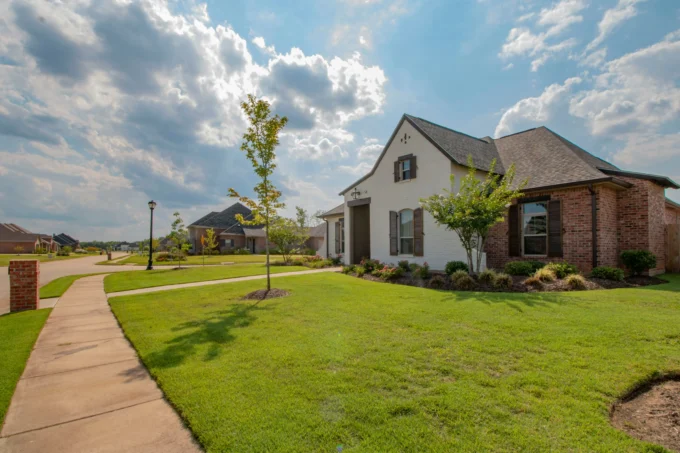


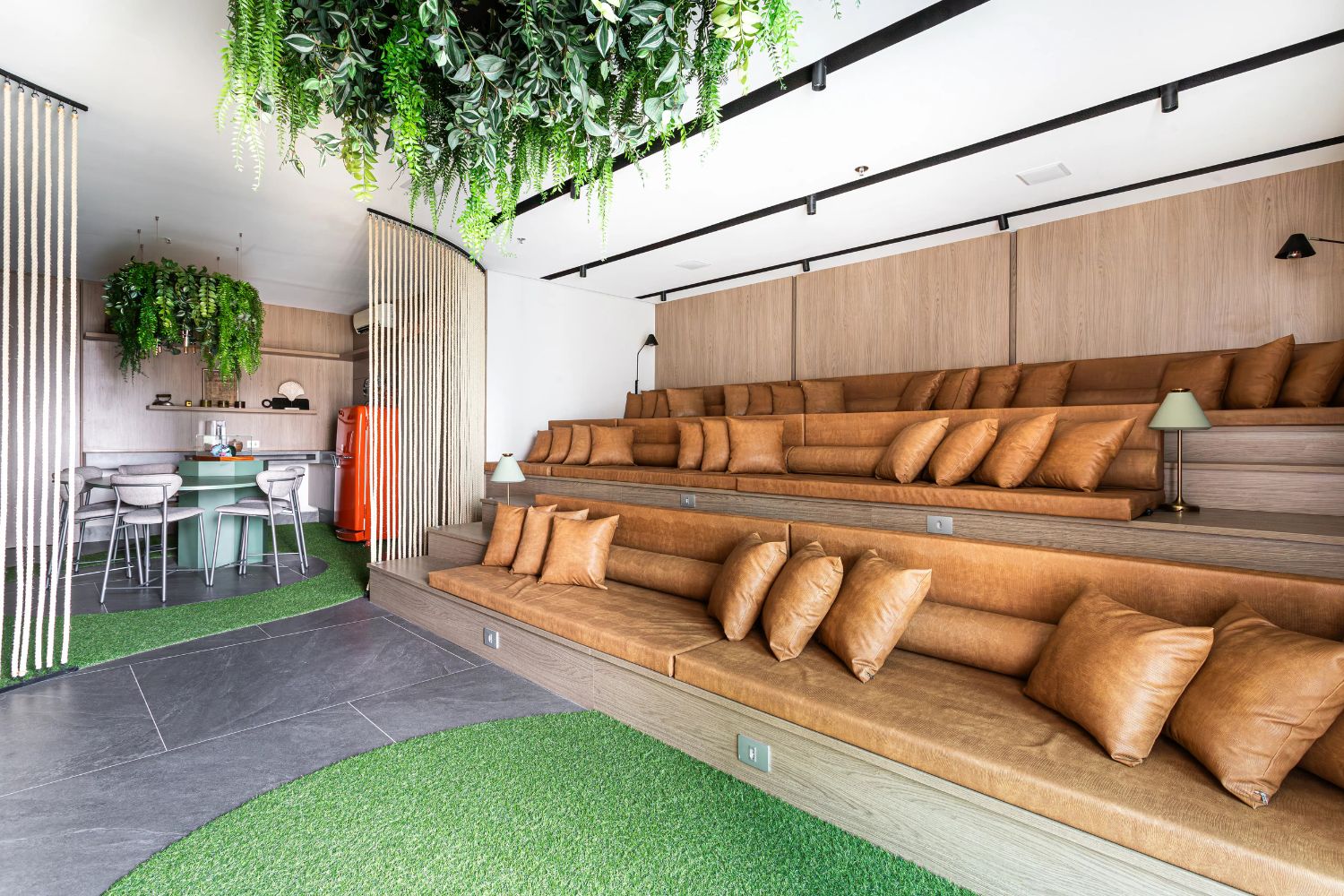
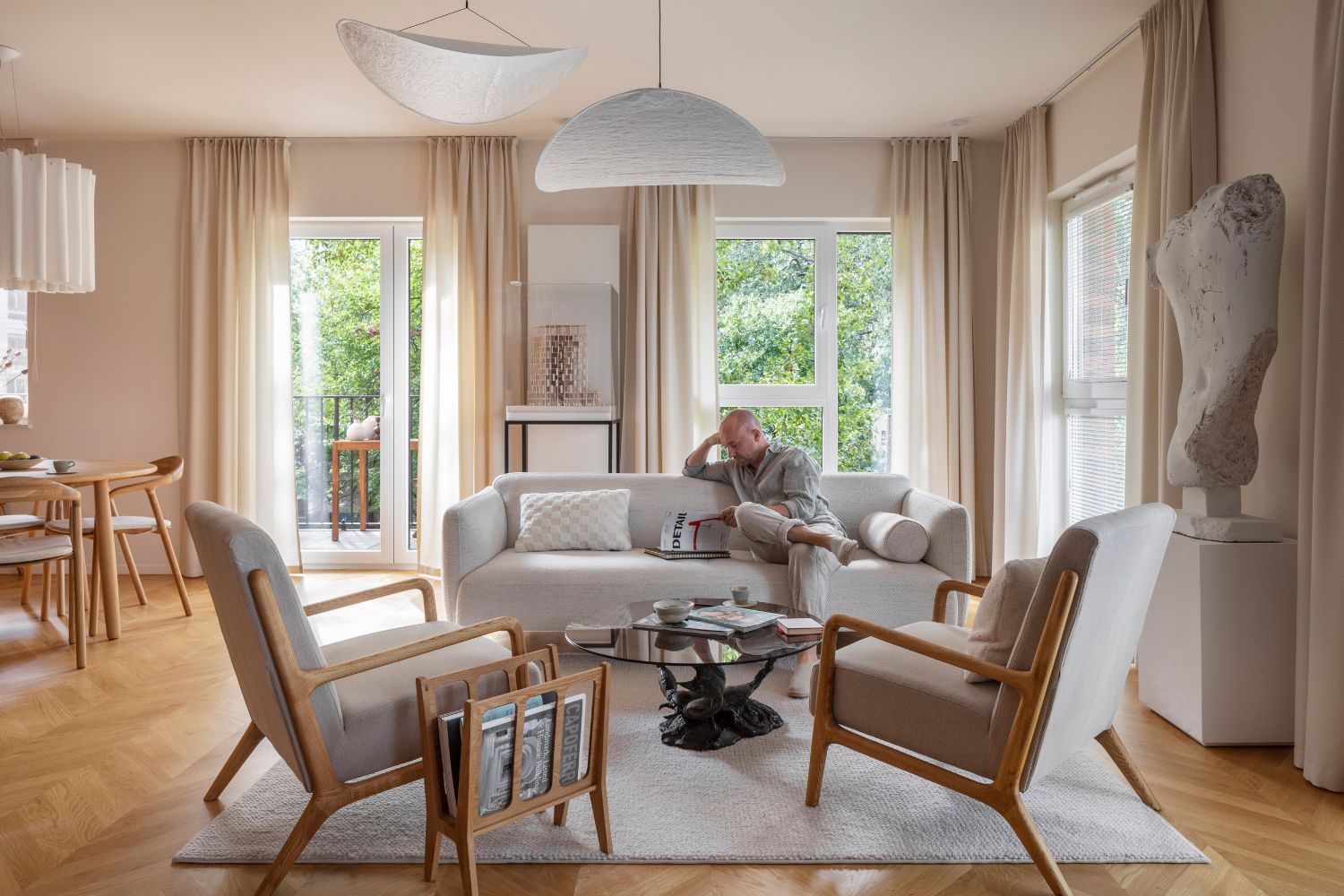
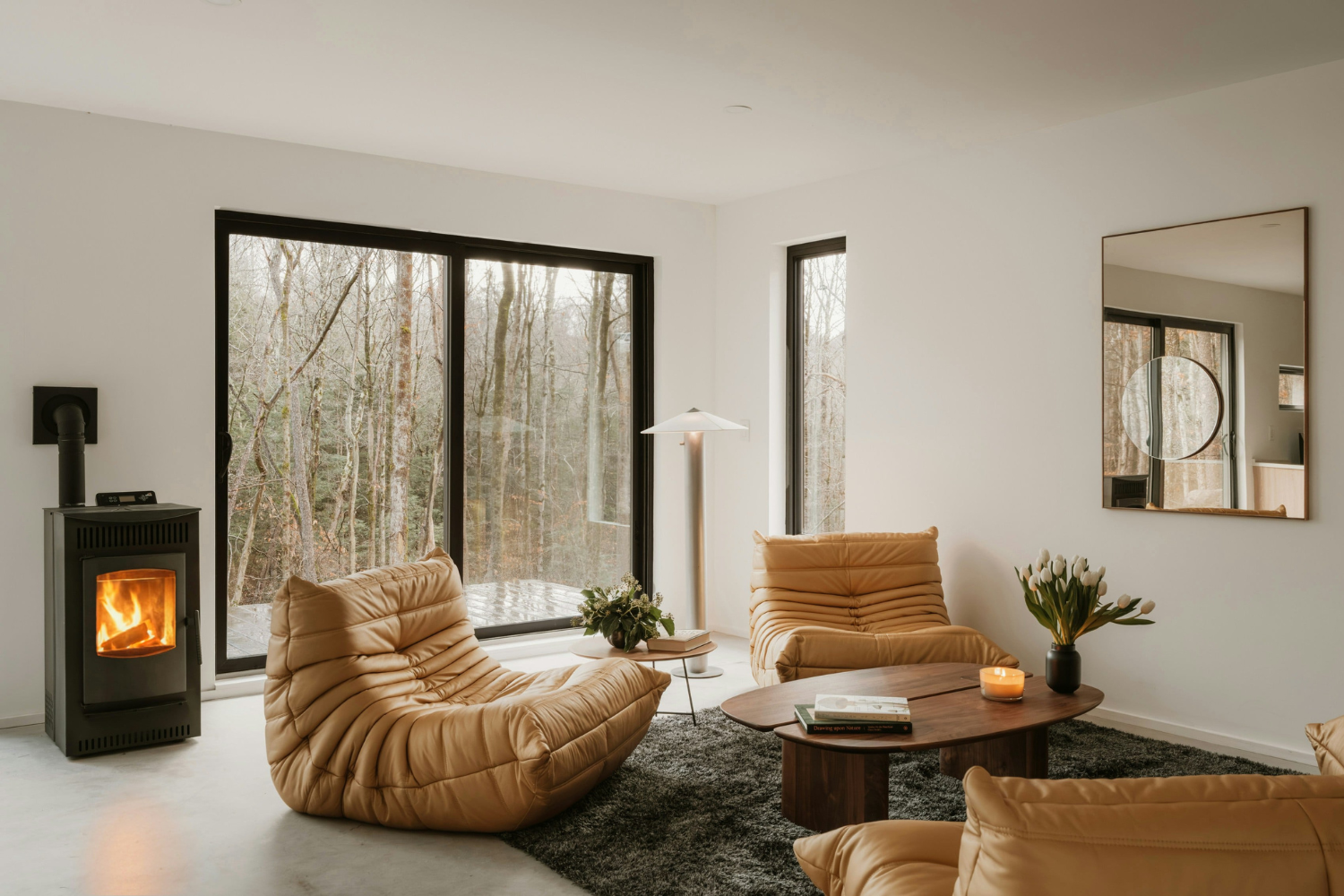
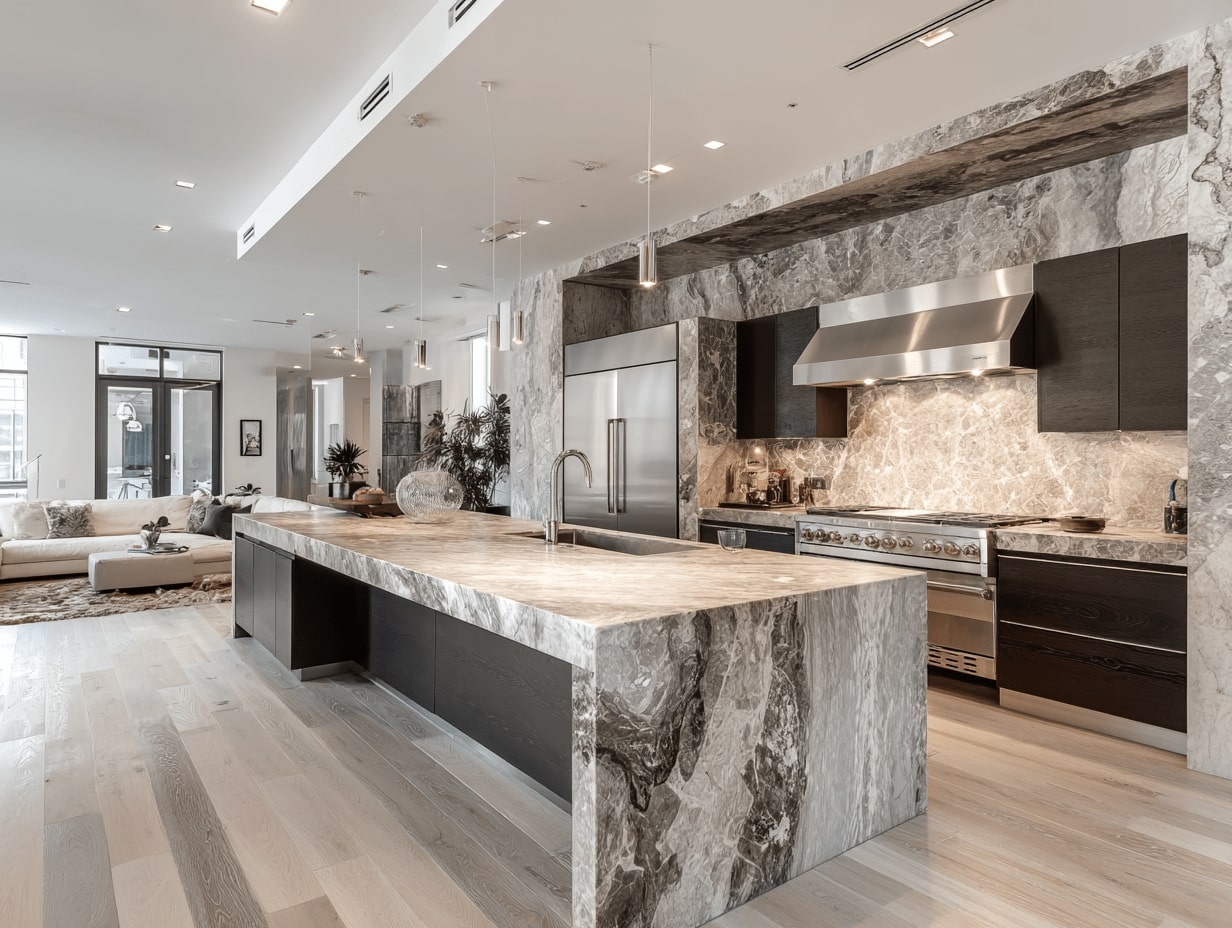

Leave a comment